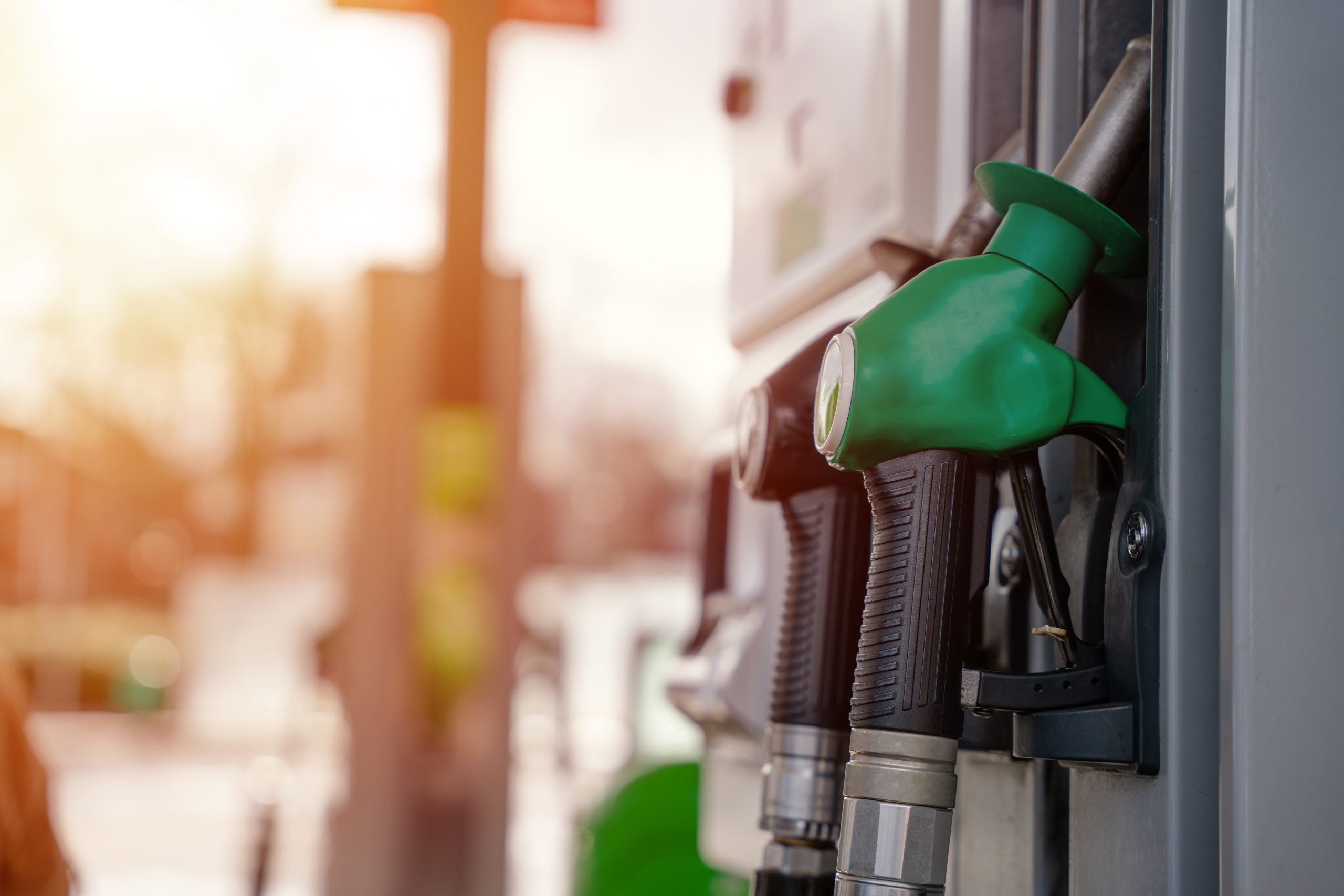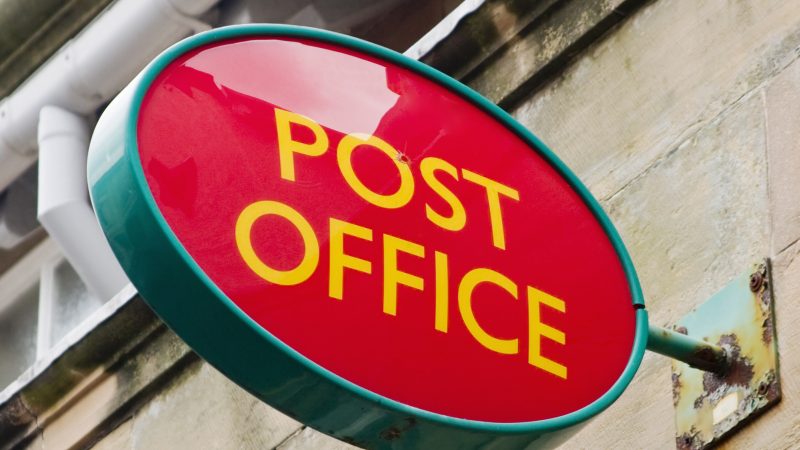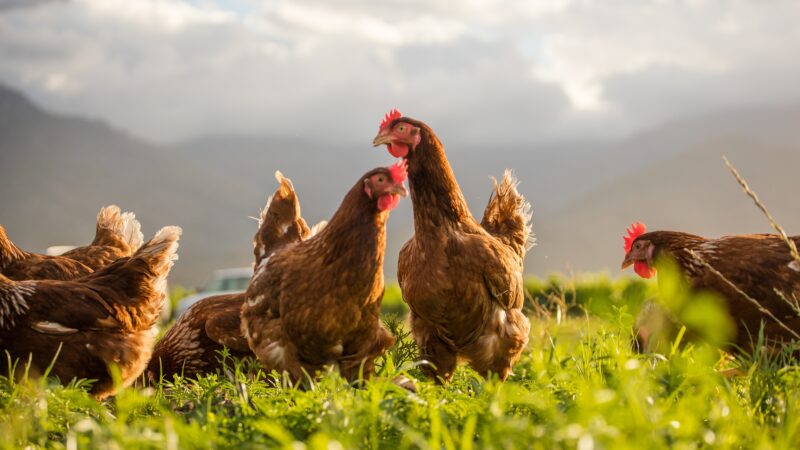‘Little evidence’ of loyalty price promotions misleading customers: CMA

Shoppers should be reassured that effective competition is allowing them to shop around and get fair deals, according to research conducted by the Competition and Markets Authority (CMA).
Noting that the price of groceries has gone up, the CMA added prices were likely to remain elevated, however added that not everyone was benefiting in the same way from retailers.
“For example, the discounters do not offer online shopping, meaning those who cannot visit one will not have access to some of the best deals,” said the CMA, adding “while those who cannot access online shopping or travel to larger stores may be reliant on convenience stores where prices are generally higher.”
Providing an update on their work, the CMA’s interim report covers their work across groceries, road fuel, infant formula, veterinary services for pets, online shopping and housing. Since beginning their probe, the CMA has been scrutinising a range of pricing issues in the groceries sector and in response to cost-of-living pressures, has called on grocery retailers to make changes to their pricing practices.
The review found that some independent and smaller grocery retailers were failing to display clear and accurate prices, as required by consumer law, and so to address this, in conjunction with Trading Standards, the CMA produced compliance materials to ensure retailers understand what they need to do to comply with the law.
Additionally, they have made recommendations to governments to reform the Price Marking Order (PMO) and Northern Ireland (PMO), so that the rules retailers follow are clearer, including when displaying unit prices for products on promotion.

Having analysed tens of thousands of loyalty pricing promotions, the CMA has found little evidence that loyalty promotions are misleading shoppers.
The organisation reviewed loyalty scheme pricing, assessing whether savings on offer were genuine. They considered whether there are pricing practices that artificially inflate the non-loyalty (or non-member) price to make the loyalty price appear misleadingly attractive.
To assess this, they gathered information from grocery retailers offering loyalty pricing and analysed what happened to prices before, during and after a product goes onto a loyalty price promotion.
They are now carrying out a consumer survey to understand the impact of loyalty scheme pricing on how people shop, and will publish a report of their findings in November.
Responding to the CMA’s cost-of-living update, Chief Executive of the British Retail Consortium, Helen Dickinson said they welcomed the update.
“With food inflation now returned to normal levels, fierce competition between retailers is ensuring customers are the big winners from the UK’s supermarket sector,” she said.
“We welcome the CMA’s update that they have not found widespread evidence of misleading loyalty promotions. Whether it’s everyday value, or loyalty schemes discounts, retailers know they have to demonstrate clear value to attract and retain customers,” she added.

Meanwhile, the interim monitoring report also indicates that motorists are still paying more for their fuel than they would be if competition was working well.
Last July the CMA published the final report of its road fuel market study, which found that competition in the retail sector for petrol and diesel had weakened since 2019, meaning drivers were paying more for road fuel.
They subsequently made two recommendations to government – to introduce a new statutory fuel finder scheme and to create a new statutory monitoring function to hold the industry to account.
Their July 2024 interim monitoring report has found that weakened competition in fuel retailing persists, meaning prices at the pump are still too high. It said that retailers’ fuel margins remain significantly above historic levels, ultimately putting pressure on households and businesses, and the CMA estimates that the increase in retailers’ fuel margins compared to 2019 resulted in increased fuel costs for drivers in 2023 of over £1.6bn.
Executive Director of the Petrol Retailers’ Association (PRA), Gordon Balmer said they supported any sensible measures that lower prices for consumers.
“PRA members are committed to keeping pump prices as low as possible and operate in a highly competitive environment which is affected by a range of factors, including cost increases for retailers and geopolitical events,” said Mr Balmer, adding that the CMA’s analysis “does not take these complexities into account”.







